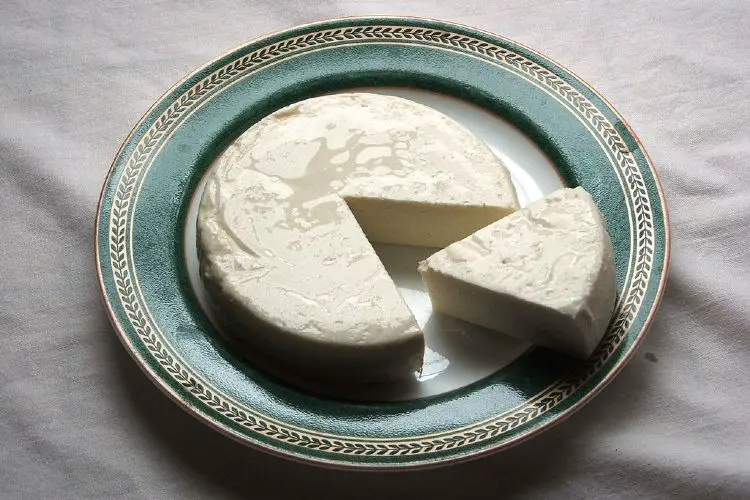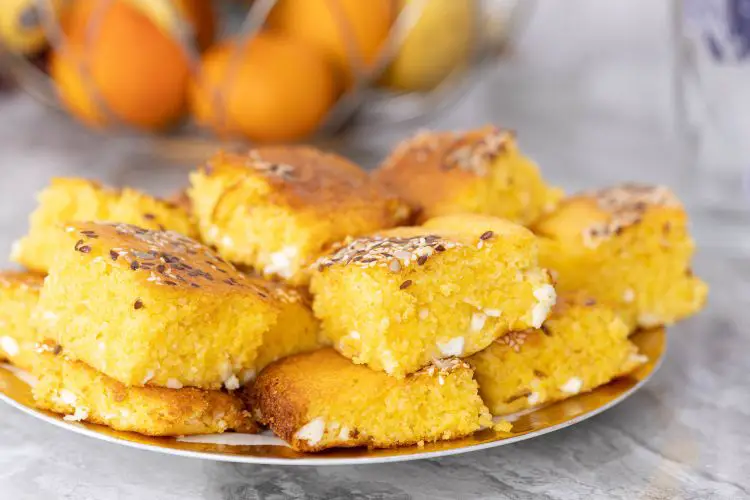Lavender in The Kitchen
The Lavandula family comprises of no less than 39 different species of flower plants, that are all related to the mint family. Originally from the Mediterranean, Africa and Asia, there are now countless different variations of lavender plants because they cross pollinate.
Lavender plants thrive in dry, well drained sandy soil, and many are not frost hardy. The flowers contain a lot of nectar and make excellent monofloral honey.
The flowers can be dried and crystallised, to make lavender sugar, and used in baking, to make biscuits, cakes and bread. They can be used to make condiments and jellies, and also in ice-cream. To dry the flowers hang bunches upside down, then pick off the flower heads and store in jars.
Lavender flowers can be infused in hot water to make a relaxing and soporific herbal tea.
Cheese makers often use lavender flowers to flavour goat and sheep milk cheese. The stalks can be used as skewers, for poultry, vegetables or fruit.
In medicine lavender has long been used for its antiseptic and anti-inflammatory properties, and the oil was used as a disinfectant after the second World War.

